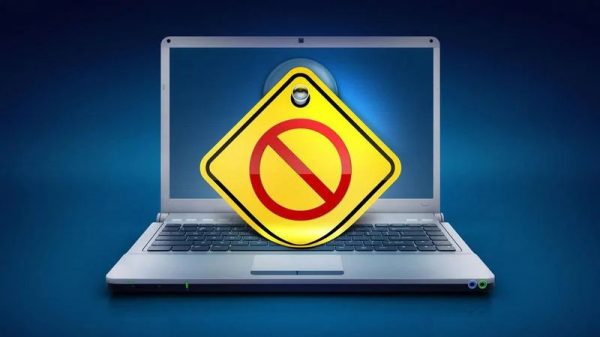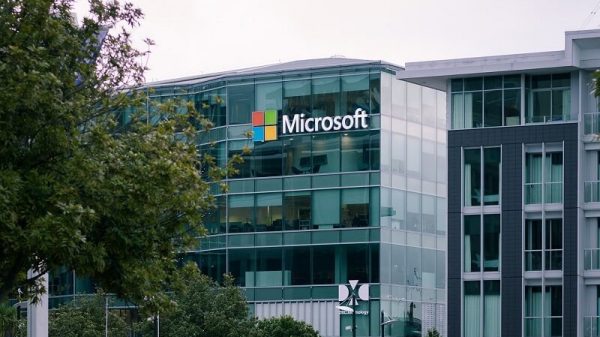Several researchers are concerned that YouTube’s effort to rein in misinformation on its platform may not be foolproof or comprehensive, according to a report in The New York Times. The report singled out YouTube's short-video section and its Spanish-language videos as areas of concern. YouTube manages to escape scrutiny because it is easier to research other forms of content on platforms like Facebook or Twitter, Jiore Craig, the head of digital integrity for the Institute for Strategic Dialogue (ISD) said in an interview. The ISD is a nonprofit organisation working on safeguarding human rights by understanding the scale of polarisation, extremism and disinformation worldwide. Why it matters: YouTube is one of the most popular platforms in the world as it reaches nearly two billion in the world. The problem of misinformation is a well-documented one and its adverse effects can be devastating to say the least. The presence of blind spots on Youtube can lead to their exploitation not just in the US during the upcoming midterm elections but also in other parts of the world, especially India where YouTube is popular and several state elections are round the corner. Here are some of the problems: The NYT referred to a report by the ISD which detailed numerous “false or misleading” claims about the upcoming midterm elections in the US circulating on YouTube Shorts. They used a “combination of keyword searches and qualitative analysis”. It added that these videos remain accessible as of November 1, 2022, and do not contain information…





























